Calathea Propagation Methods: How To Propagate Calathea Plants


Grown for its attractive foliage, the calathea is a favorite houseplant. These foliage plants come in many shapes and sizes with a variety of patterns. Patterns are so intricately placed on the leaves that they sometimes look beautifully painted.
Propagation of Calathea
Of the same family as the prayer plant, the two are sometimes mistaken at retail. Except for C. crocata, calathea are not grown for their flowers. While these plants are not complicated for most to keep indoors, they do require humidity, regular watering, and must be kept from direct sunlight.
If you’ve gotten these requirements right and have a mature plant, you can consider calathea plant propagation. Division in spring or summer is the best type of calathea propagation method. Keep in mind, dividing the plant will change the full appearance you’ve worked for.
If your plant is big enough, it will spread and produce clumps to the sides that can be removed and grown out. Water a few days before you anticipate dividing and repotting the plant. Gently remove the plant from its container. Separate the roots to seclude areas of new growth. If necessary, divide at the root system with a sharp, clean cut. Make sure each clump has part of the root system and that each leaf is attached to a stem.
Repot into an appropriately sized container and keep the soil moist. Don’t overwater and allow soil to become soggy.
Further Steps When Propagating Calathea
Keep out of the sun, but don’t put them in full shade. The same lighting that has proven proper before division will likely work when growing out the division. Locate them in temperatures of 60 to 70 degrees F. (16-21 C.).
Some suggest covering the new planting with plastic tenting to provide the greenhouse effect and increase humidity. Humidity is important for these plants, so provide it to divisions using the plastic, a pebble tray, a humidifier, or by misting.
Gardening tips, videos, info and more delivered right to your inbox!
Sign up for the Gardening Know How newsletter today and receive a free copy of our e-book "How to Grow Delicious Tomatoes".
Nitrogen fertilizer encourages growth and keeps foliage well-patterned. Use a half-strength mixture on small, young divisions every two weeks to once a month. Always feed into soil that is moist.
Expect growth and development within a few weeks. Remove the plastic at this time and continue watering and feeding.
When learning how to propagate calathea, remember to use techniques that have worked for you when growing the plant before.

Becca Badgett was a regular contributor to Gardening Know How for ten years. Co-author of the book How to Grow an EMERGENCY Garden, Becca specializes in succulent and cactus gardening.
-
 Looking For Plants To Give You The Soft And Fuzzies? Try These 5 Fuzzy Leaf Plant Options
Looking For Plants To Give You The Soft And Fuzzies? Try These 5 Fuzzy Leaf Plant OptionsLovers of texture, drama, silver foliage and tactile plants will adore these special sensory garden additions. These fuzzy leaf plant options will leave you all aglow
By Susan Albert
-
 Get Ready For A Summer Of Hummers! Grow These Full Sun Hummingbird Plants and Flowers
Get Ready For A Summer Of Hummers! Grow These Full Sun Hummingbird Plants and FlowersIf you’re lucky enough to enjoy a sunny backyard, make sure you are maxing out on your pollinator opportunities and grow these full sun hummingbird plants and flowers
By Tonya Barnett
-
 4 Beautiful Types Of Calathea To Try
4 Beautiful Types Of Calathea To TryMany Calathea varieties go beyond the average beauty of a houseplant. Humidity and indirect light make them happy, and they’ll dress up your home with dramatic multi-colored leaves with geometric patterns.
By Susan Albert
-
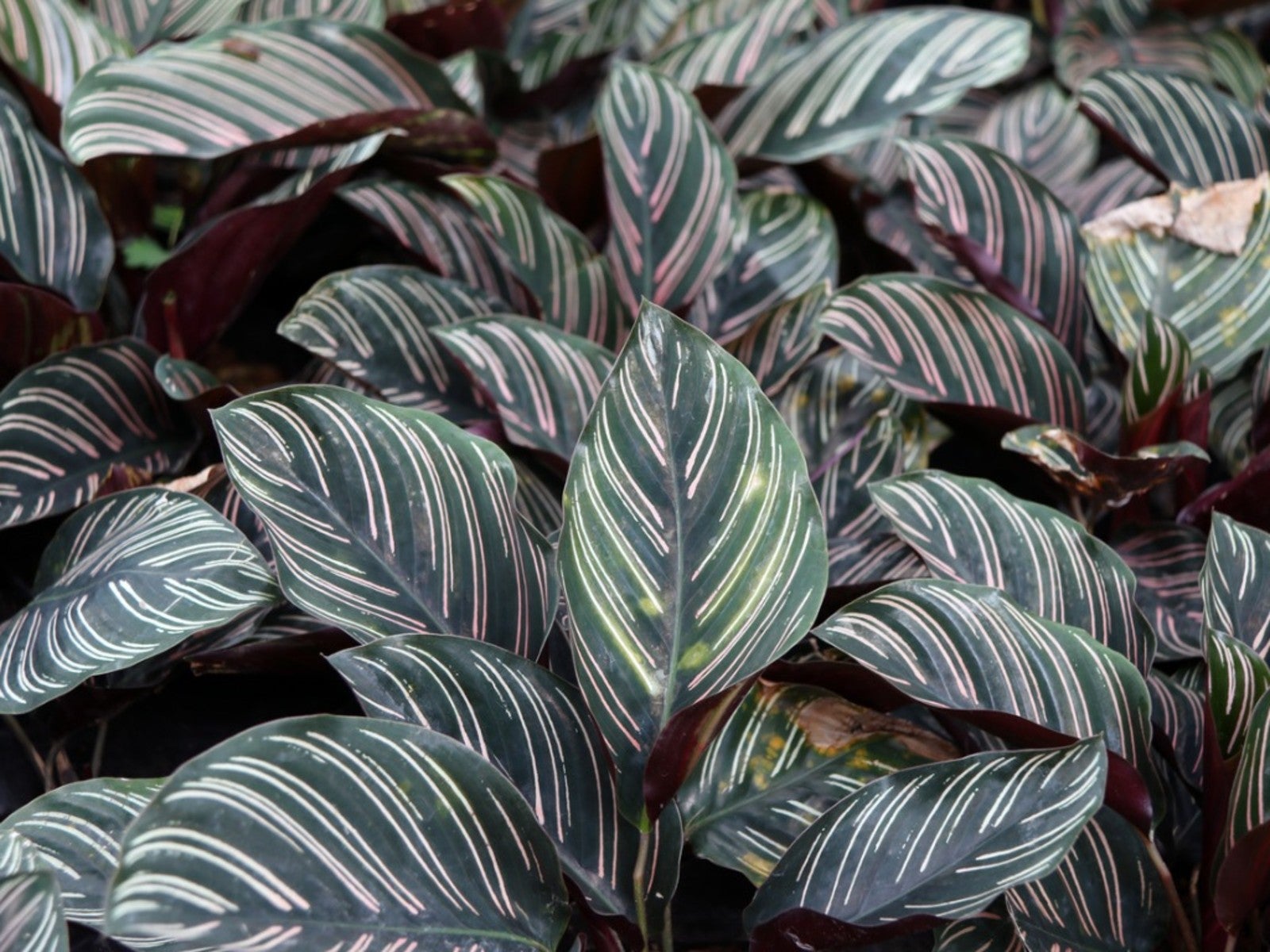 Varieties Of Calathea – Learn About Different Calathea Plants
Varieties Of Calathea – Learn About Different Calathea PlantsThere are many types of Calathea that come in a beautiful array of showy foliage. In fact, there are nearly 300 different cultivars, but only a small number are readily available. Read on to learn about them.
By Raffaele Di Lallo
-
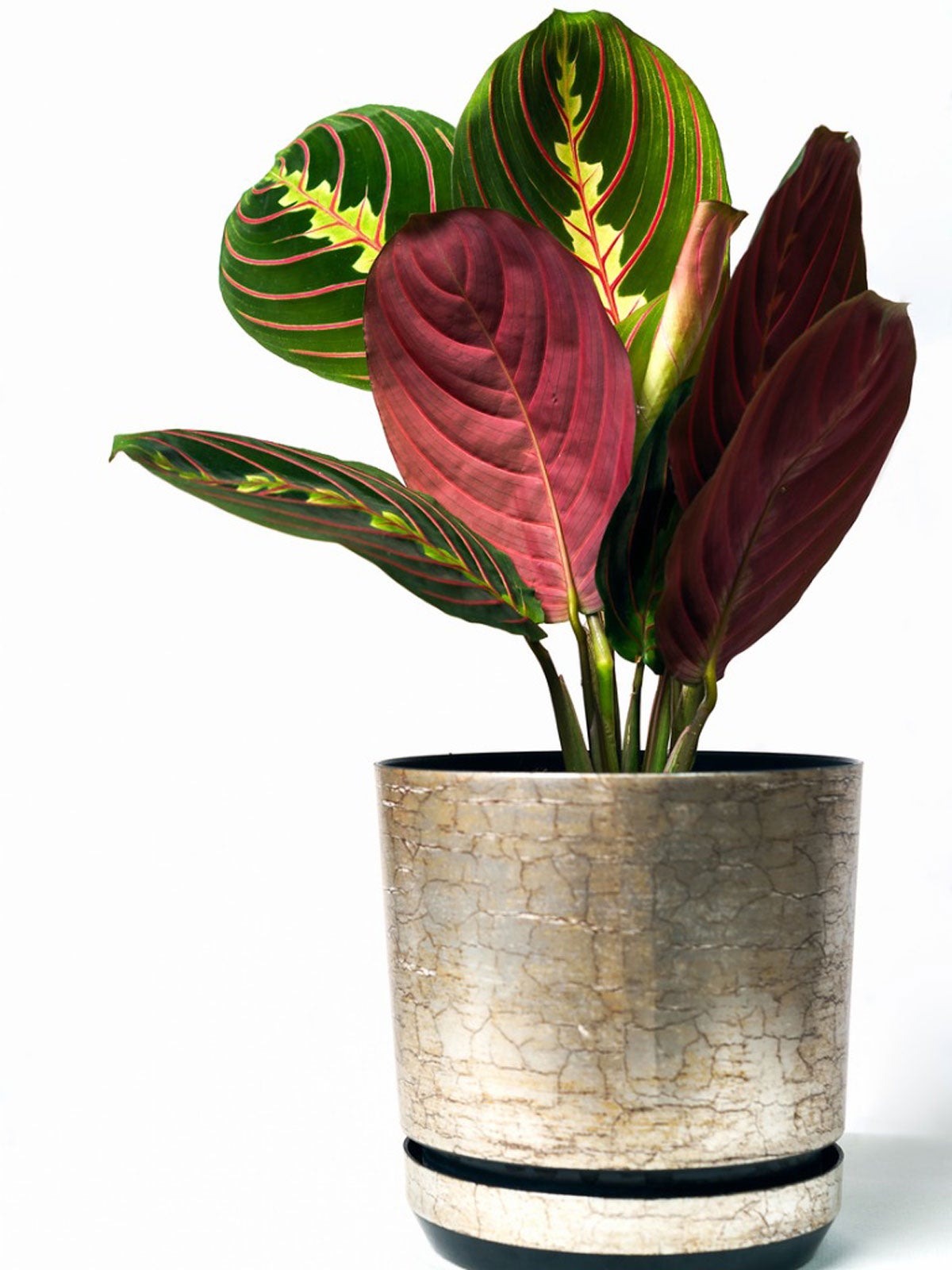 Winterizing Calatheas: Tips For Calathea Care In Winter
Winterizing Calatheas: Tips For Calathea Care In WinterCalatheas are tropical plants and commonly grown indoors. Click here to learn about winterizing calatheas and their care in winter.
By Mary H. Dyer
-
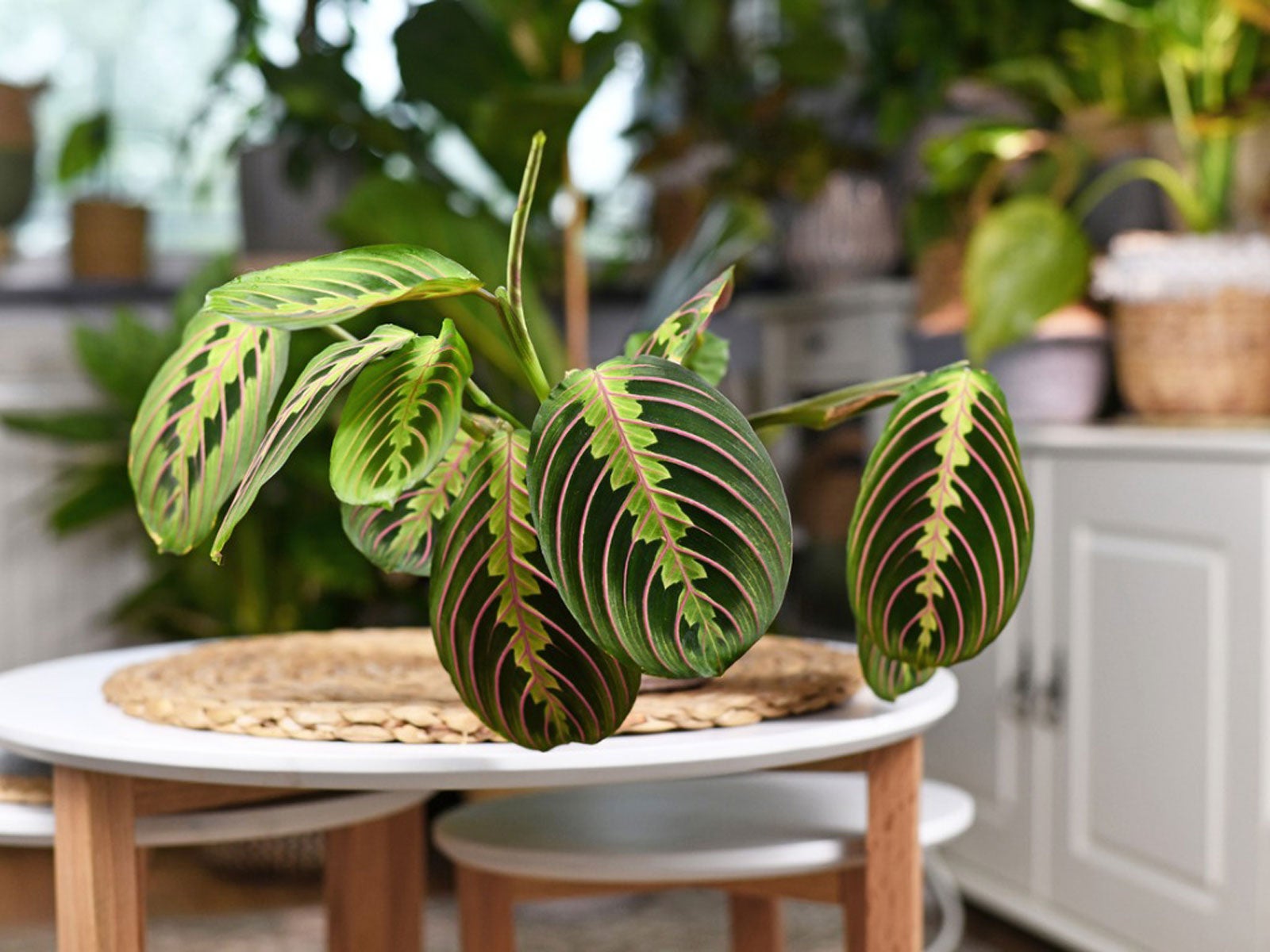 Calathea Vs. Maranta – Are Calathea And Maranta The Same
Calathea Vs. Maranta – Are Calathea And Maranta The SameAre Calathea and Maranta the same? They're closely related and often confused with one another, but are in different genera. Learn more here.
By Bonnie L. Grant
-
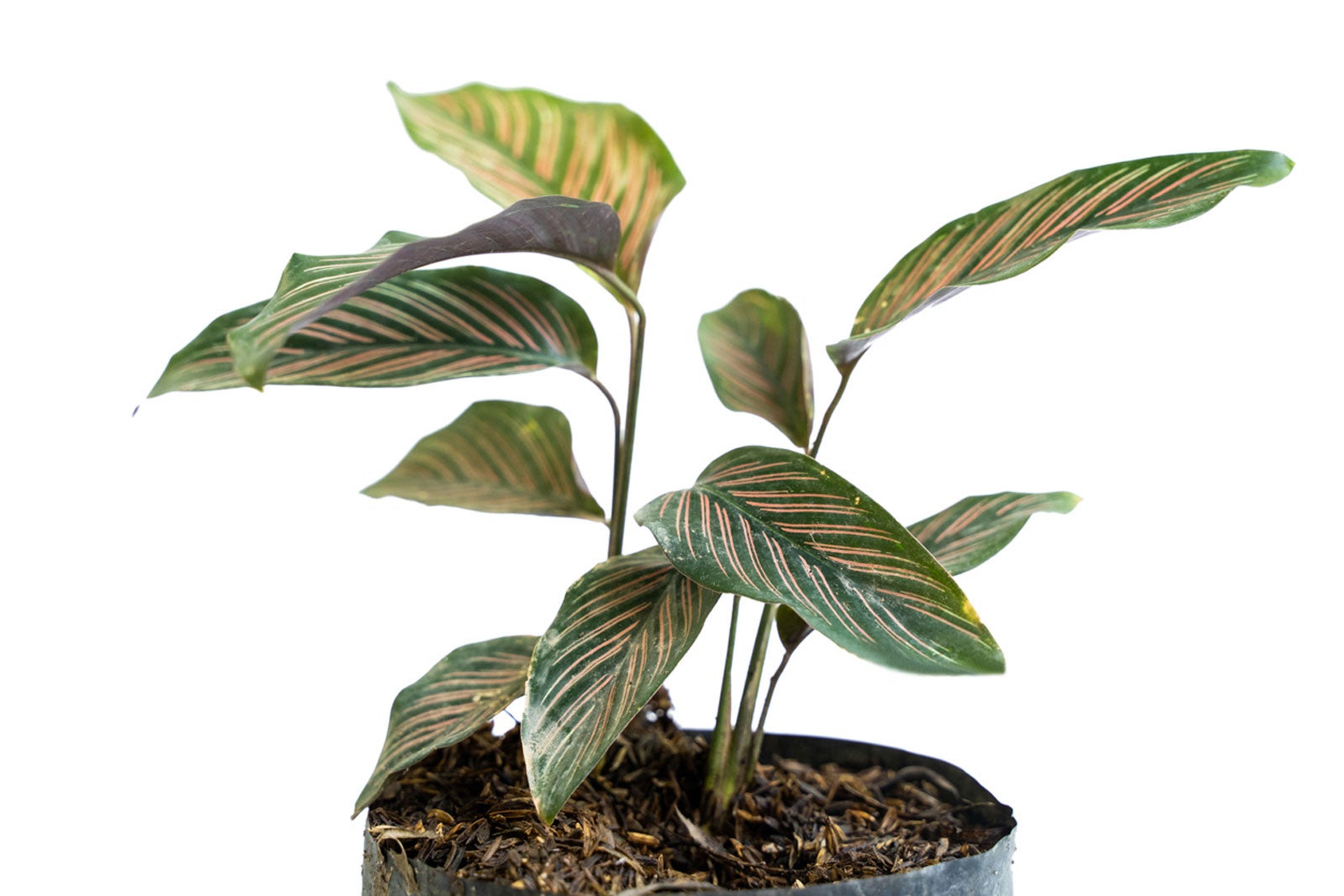 Indoor Pinstripe Plant Info: Growing A Pinstripe Houseplant
Indoor Pinstripe Plant Info: Growing A Pinstripe HouseplantCalathea ornata, or the pinstripe houseplant, is a striking plant with beautifully veined leaves that can make a striking statement in your home. Like any Calathea, houseplant care can be tricky and extra effort is needed for them to look their best indoors. Learn more here.
By Raffaele Di Lallo
-
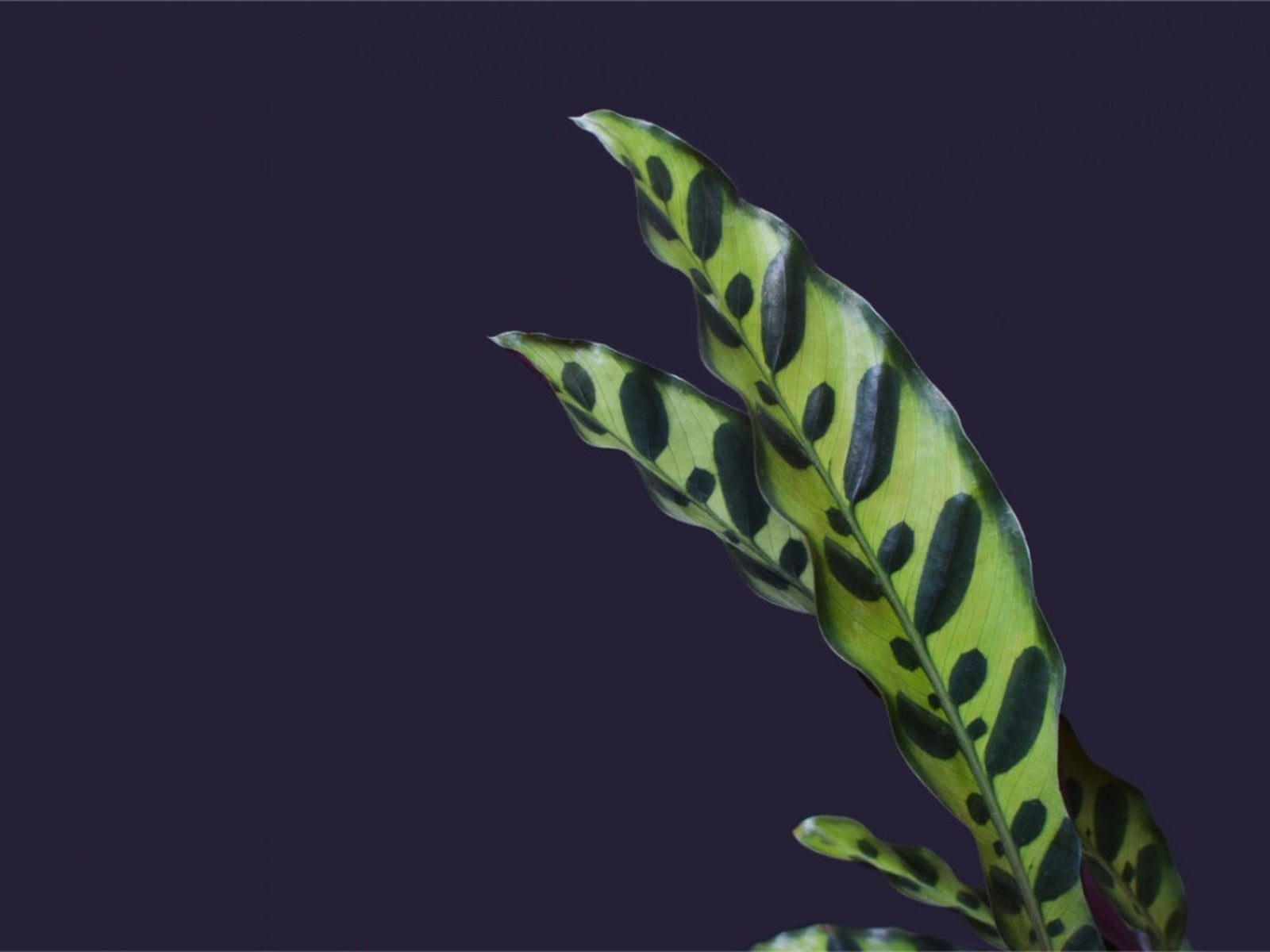 Rattlesnake Plant Care: How To Grow Rattlesnake Houseplants
Rattlesnake Plant Care: How To Grow Rattlesnake HouseplantsThe rattlesnake plant is a decorative perennial with strappy, spotted leaves and deep purple undersides. Click to learn more.
By Mary H. Dyer
-
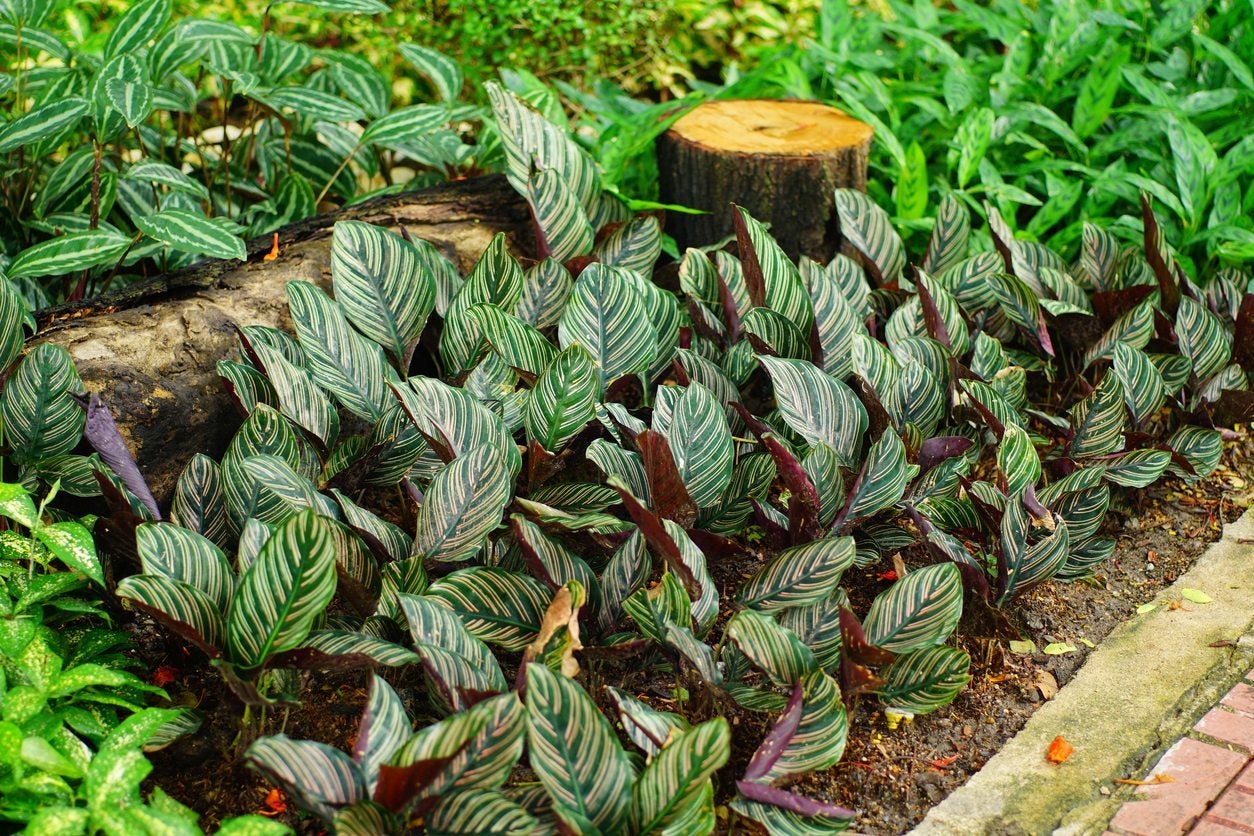 Calathea Care In Gardens: Tips For Growing Calathea Plants Outside
Calathea Care In Gardens: Tips For Growing Calathea Plants OutsideWill Calathea grow outdoors? It depends on your climate because Calathea is a tropical plant. If you?re fortunate to live in a warm, humid climate in USDA plant hardiness zone 8 or above, you can certainly try growing calathea plants in your garden. Click here for more info.
By Mary H. Dyer
-
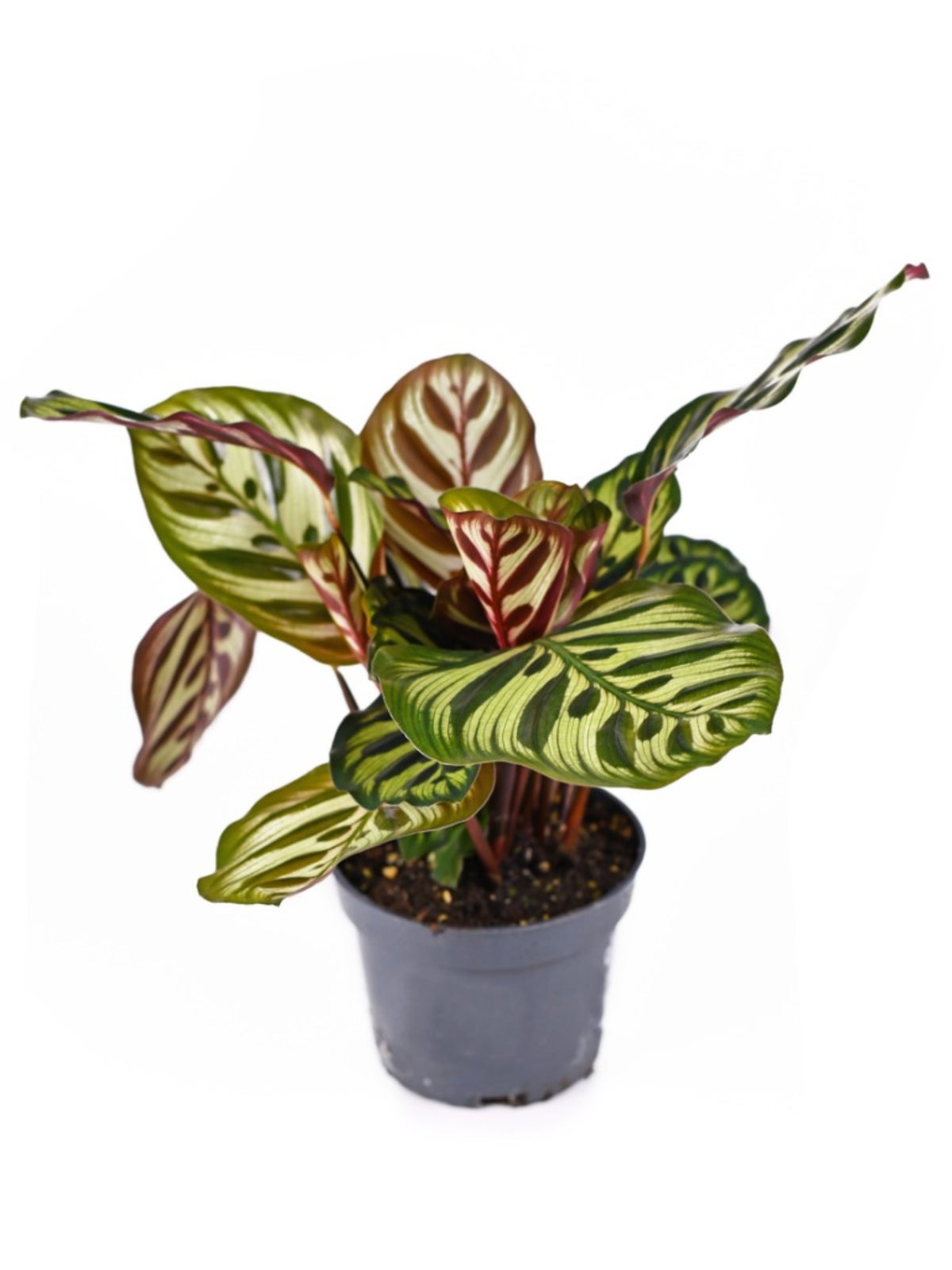 About The Calathea Peacock Plant: Information On How To Grow A Peacock Plant
About The Calathea Peacock Plant: Information On How To Grow A Peacock PlantPeacock houseplants are often found as part of indoor collections. Taking care of Calathea peacock and creating conditions in which it will flourish is not difficult when following the simple tips in this article.
By Becca Badgett